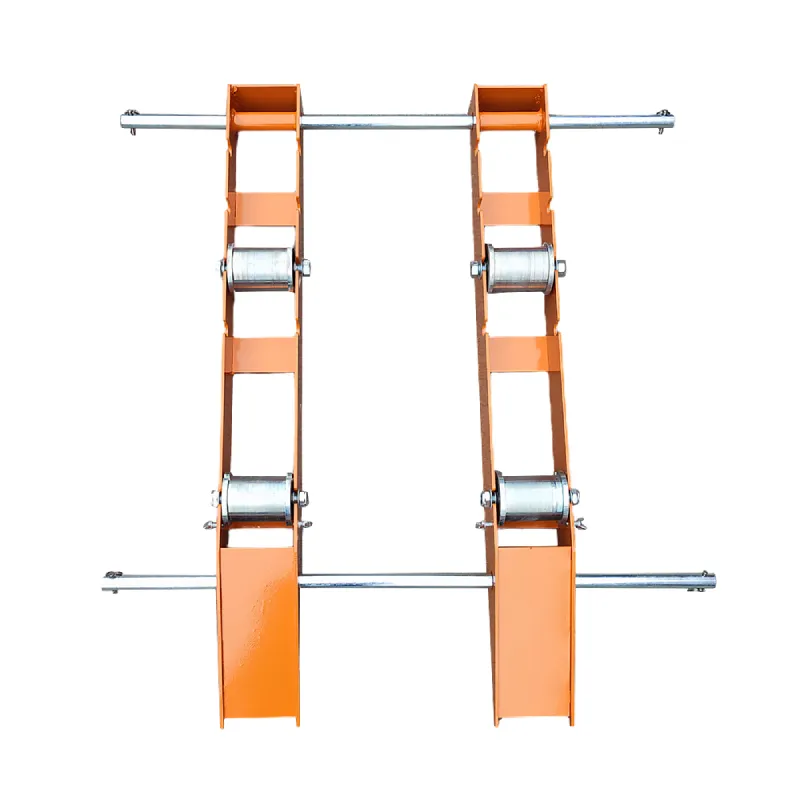
-
 Afrikaans
Afrikaans -
 Albanian
Albanian -
 Amharic
Amharic -
 Arabic
Arabic -
 Armenian
Armenian -
 Azerbaijani
Azerbaijani -
 Basque
Basque -
 Belarusian
Belarusian -
 Bengali
Bengali -
 Bosnian
Bosnian -
 Bulgarian
Bulgarian -
 Catalan
Catalan -
 Cebuano
Cebuano -
 Corsican
Corsican -
 Croatian
Croatian -
 Czech
Czech -
 Danish
Danish -
 Dutch
Dutch -
 English
English -
 Esperanto
Esperanto -
 Estonian
Estonian -
 Finnish
Finnish -
 French
French -
 Frisian
Frisian -
 Galician
Galician -
 Georgian
Georgian -
 German
German -
 Greek
Greek -
 Gujarati
Gujarati -
 Haitian Creole
Haitian Creole -
 hausa
hausa -
 hawaiian
hawaiian -
 Hebrew
Hebrew -
 Hindi
Hindi -
 Miao
Miao -
 Hungarian
Hungarian -
 Icelandic
Icelandic -
 igbo
igbo -
 Indonesian
Indonesian -
 irish
irish -
 Italian
Italian -
 Japanese
Japanese -
 Javanese
Javanese -
 Kannada
Kannada -
 kazakh
kazakh -
 Khmer
Khmer -
 Rwandese
Rwandese -
 Korean
Korean -
 Kurdish
Kurdish -
 Kyrgyz
Kyrgyz -
 Lao
Lao -
 Latin
Latin -
 Latvian
Latvian -
 Lithuanian
Lithuanian -
 Luxembourgish
Luxembourgish -
 Macedonian
Macedonian -
 Malgashi
Malgashi -
 Malay
Malay -
 Malayalam
Malayalam -
 Maltese
Maltese -
 Maori
Maori -
 Marathi
Marathi -
 Mongolian
Mongolian -
 Myanmar
Myanmar -
 Nepali
Nepali -
 Norwegian
Norwegian -
 Norwegian
Norwegian -
 Occitan
Occitan -
 Pashto
Pashto -
 Persian
Persian -
 Polish
Polish -
 Portuguese
Portuguese -
 Punjabi
Punjabi -
 Romanian
Romanian -
 Russian
Russian -
 Samoan
Samoan -
 Scottish Gaelic
Scottish Gaelic -
 Serbian
Serbian -
 Sesotho
Sesotho -
 Shona
Shona -
 Sindhi
Sindhi -
 Sinhala
Sinhala -
 Slovak
Slovak -
 Slovenian
Slovenian -
 Somali
Somali -
 Spanish
Spanish -
 Sundanese
Sundanese -
 Swahili
Swahili -
 Swedish
Swedish -
 Tagalog
Tagalog -
 Tajik
Tajik -
 Tamil
Tamil -
 Tatar
Tatar -
 Telugu
Telugu -
 Thai
Thai -
 Turkish
Turkish -
 Turkmen
Turkmen -
 Ukrainian
Ukrainian -
 Urdu
Urdu -
 Uighur
Uighur -
 Uzbek
Uzbek -
 Vietnamese
Vietnamese -
 Welsh
Welsh -
 Bantu
Bantu -
 Yiddish
Yiddish -
 Yoruba
Yoruba -
 Zulu
Zulu


Jul . 26, 2024 16:16 Back to list
Exploring the Benefits and Applications of SDS Ground Rods in Electrical Systems and Installations
Understanding SDS Ground Rods Importance and Applications
Grounding systems are crucial in electrical installations, ensuring safety and functionality. Among the various components of these systems, the ground rod plays a vital role. Ground rods are typically made of conductive materials and are driven deep into the ground to create a safe path for electrical currents. One type that is gaining traction in the industry is the SDS (Steel Drive System) ground rod, known for its robustness and reliability.
What is an SDS Ground Rod?
SDS ground rods are specifically designed for efficient grounding applications. Unlike traditional ground rods, which may require extensive installation procedures, SDS ground rods utilize a steel drive system that simplifies the installation process. This design allows contractors and electricians to drive the rod into the ground quickly and securely, ensuring that the grounding system is both effective and compliant with safety regulations.
The material of SDS ground rods is typically galvanized steel, which provides corrosion resistance and longevity. This is particularly important since ground rods are often exposed to harsh environmental conditions. Copper-clad options are also available, granting additional conductivity benefits while maintaining resistance to corrosion.
Importance of Grounding
Grounding systems are essential in preventing electrical shock, protecting equipment from power surges, and ensuring the reliability of electrical circuits. Ground rods act as a conductive path that channels excess electricity safely into the earth, preventing damage to electrical devices and reducing the risk of fire hazards. Without proper grounding, any electrical fault could result in catastrophic consequences, making it a critical consideration for any electrical installation.
Applications of SDS Ground Rods
sds ground rod

SDS ground rods are versatile and can be used in various applications. They are commonly utilized in residential, commercial, and industrial electrical systems. In residential settings, ground rods protect homes from lightning strikes and electrical overloads, enhancing the safety of household appliances and installations.
In commercial and industrial settings, SDS ground rods are often part of larger grounding systems that protect sensitive equipment and infrastructure. For instance, telecommunications towers, data centers, and manufacturing facilities all heavily rely on reliable grounding solutions to maintain operational integrity and protect against power disturbances.
Moreover, the ease of installation associated with SDS ground rods makes them particularly appealing for temporary setups, such as construction sites or events. Their ability to be driven into the ground quickly allows for rapid deployment of important safety measures, ensuring that the site remains compliant with safety regulations.
Installation and Best Practices
When installing an SDS ground rod, proper placement and depth are crucial. Ideally, the rod should be driven into the ground at least eight feet to ensure adequate grounding. The soil type and moisture level can also influence the effectiveness of the grounding system. Contractors should take care to choose a location that minimizes interference from underground utilities and other installations.
Regular maintenance is also essential to ensure ongoing effectiveness. Inspections can help identify corrosion or damage over time, prompting timely replacements or repairs. Keeping the grounding system in good condition is vital to the safety and longevity of electrical systems.
Conclusion
SDS ground rods are an essential component of modern grounding systems, enhancing electrical safety across various applications. Their durability, ease of installation, and effectiveness make them a preferred choice for electricians and contractors. As we continue to rely on electricity for our daily needs, understanding and implementing reliable grounding solutions like SDS ground rods will remain paramount in safeguarding both people and property from electrical hazards.
Latest news
The Unique Design of Cable Socks
NewsJun.04,2025
Swivel Connectors in Industrial Automation
NewsJun.04,2025
Safety Features of Link Sticks
NewsJun.04,2025
How to choose the best cable pulling winch for sale
NewsJun.04,2025
Fish tape safety precautions
NewsJun.04,2025
Essential Maintenance Tips for Cable Pulling Tools
NewsJun.04,2025











